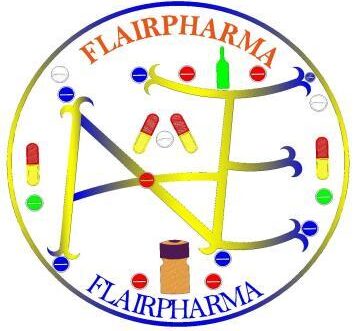Design Qualification (DQ)in Pharma
Definition: Design Qualification (DQ) is a documented verification process that ensures the proposed design of facilities, systems, or equipment is suitable for the intended purpose, meets all user requirements, and complies with regulatory expectations (e.g., cGMP, FDA, EU-GMP, ISO). DQ confirms that the design outputs (drawings, layouts, specifications) align with the defined user and quality … Read more
Operational Qualification (OQ) In Pharmaceuticals
Operational Qualification (OQ) is the documented verification that a system or equipment performs as intended across all specified operating ranges. It is the second phase in the validation sequence: Installation Qualification (IQ) → Operational Qualification (OQ) → Performance Qualification (PQ) If IQ is the blueprint check, OQ is the machinery rehearsal—ensuring every part does what … Read more
Classifications of Bacteria
Classifications of Bacteria, the microscopic, single-celled organisms, are among the most ancient and ubiquitous life forms on Earth. Despite their diminutive size, bacteria play a crucial role in ecosystems, human health, industry, and even space exploration. They exhibit remarkable diversity in structure, metabolism, and habitat adaptability, ranging from the human gut to deep-sea hydrothermal vents … Read more
Quality slogans for a Pharmaceutical Formulation Manufacturing Facility
Quality slogans for a Pharmaceutical Formulation Manufacturing Facility
Differences Between Prokaryotic and Eukaryotic Microorganisms
Prokaryotic and Eukaryotic Microorganisms are fundamental to life on Earth, playing critical roles in ecosystems, industries, and human health. They are classified into two primary categories based on cellular structure: prokaryotic and eukaryotic microorganisms. These two groups exhibit profound differences in their organization, genetic material, reproduction, and metabolism. Understanding these distinctions provides insight into microbial … Read more







